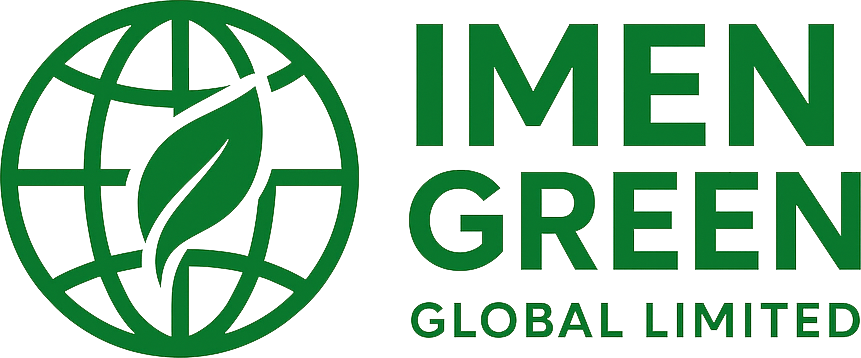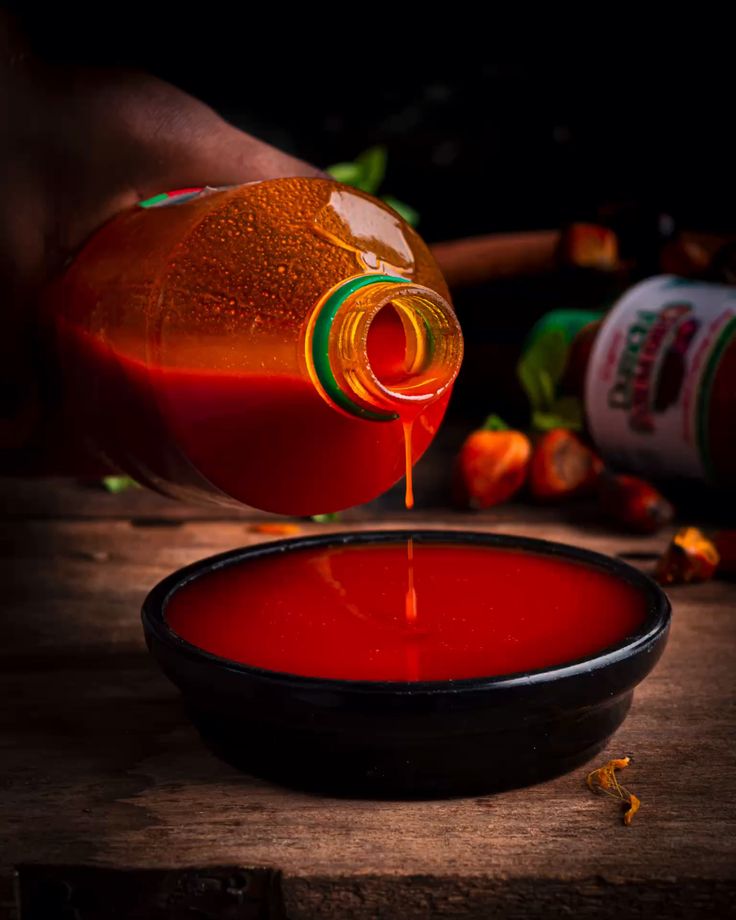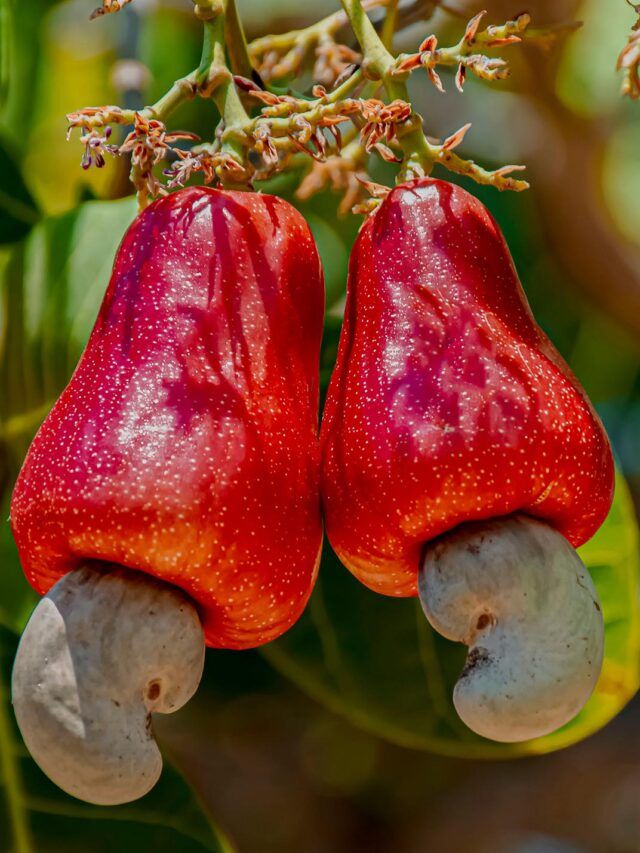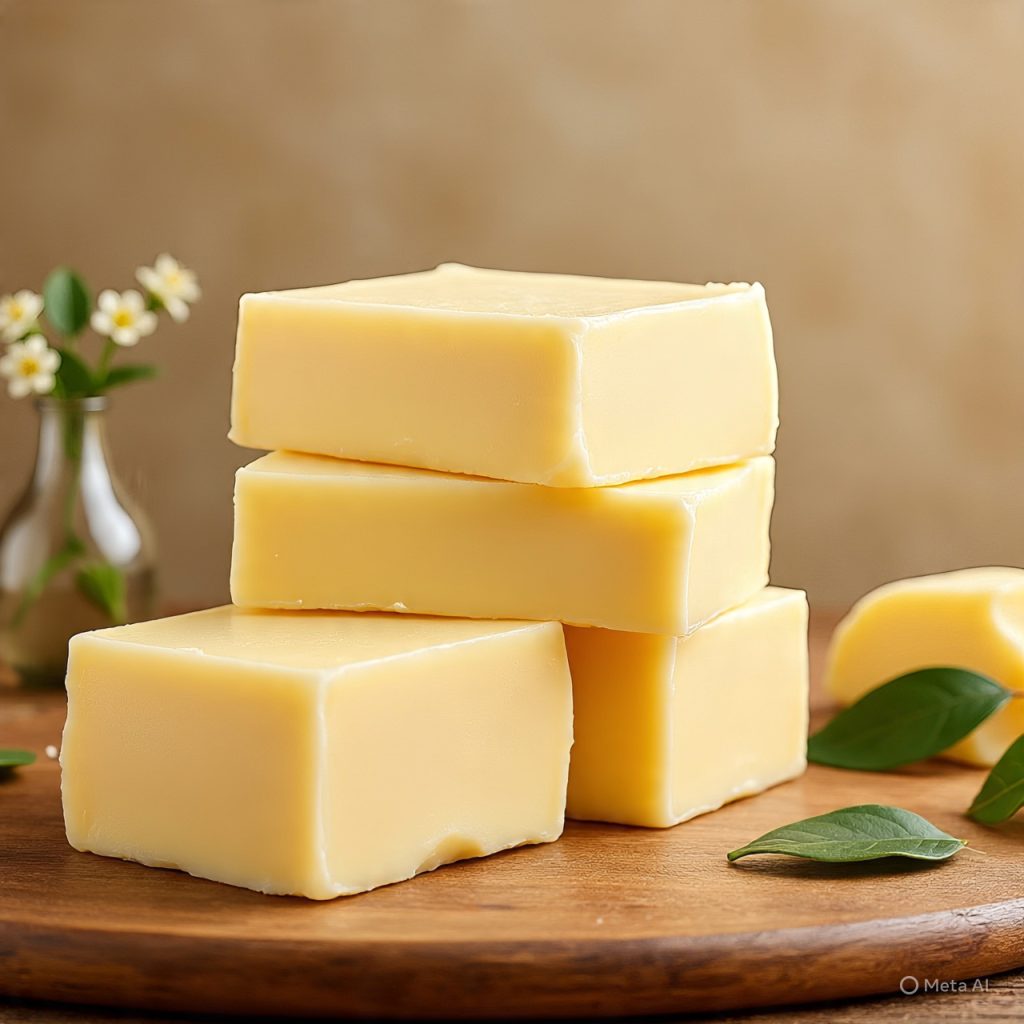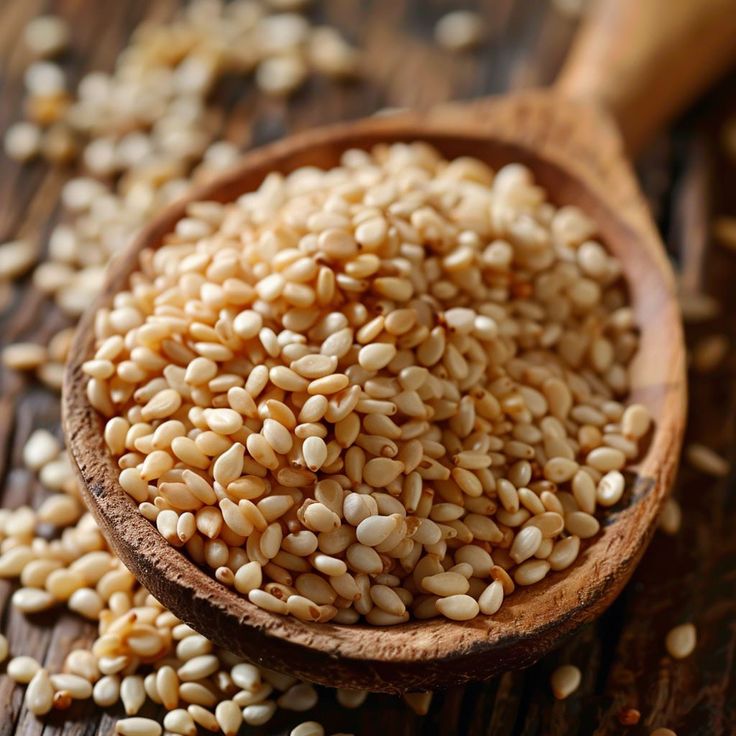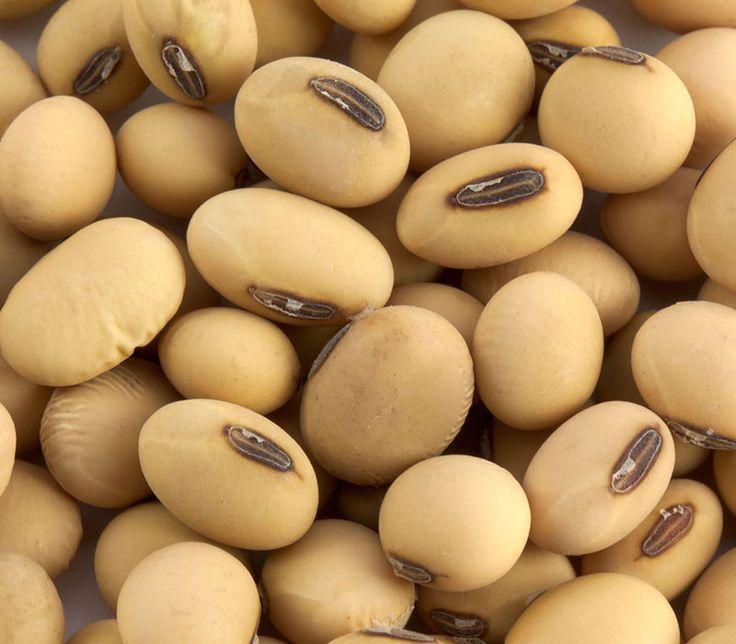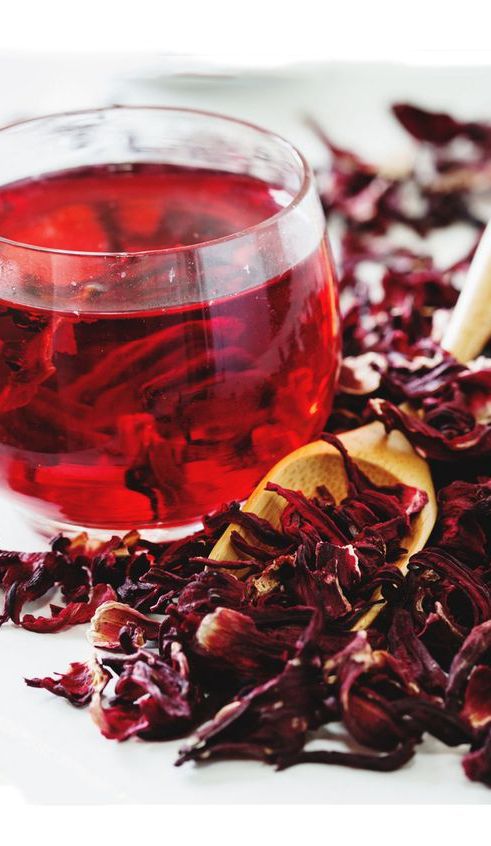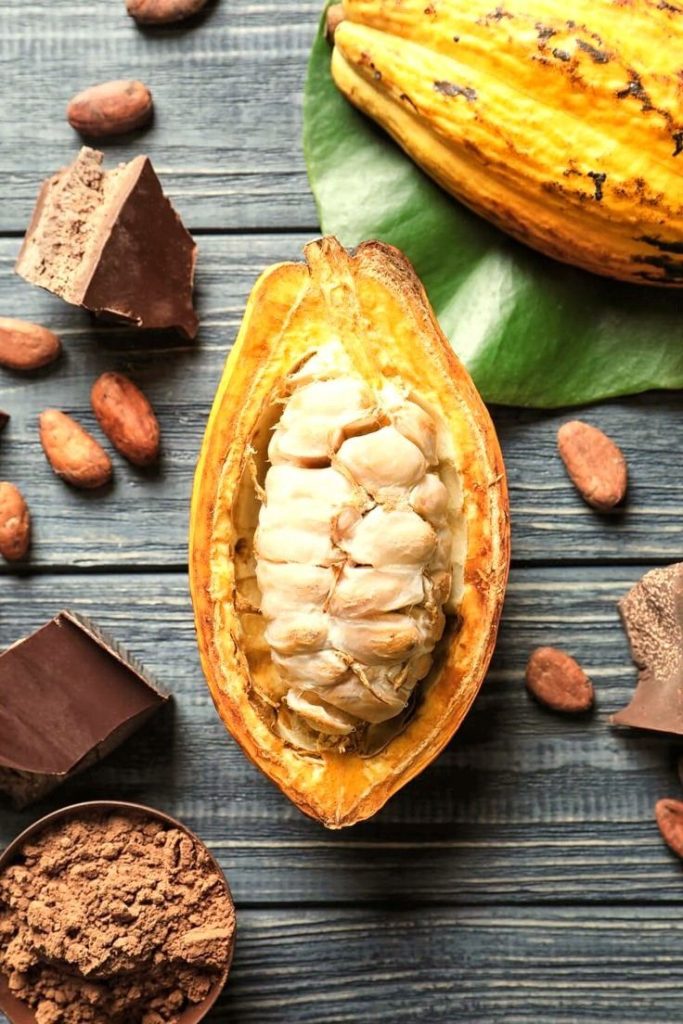 Palm oil is one of the most widely used edible oils in the world, valued for its versatility, high yield, and multiple industrial applications. Extracted from the fruit of the oil palm tree (Elaeis guineensis), it is a staple in the global food industry and a vital raw material for cosmetics, pharmaceuticals, and biofuel production.
Palm oil is one of the most widely used edible oils in the world, valued for its versatility, high yield, and multiple industrial applications. Extracted from the fruit of the oil palm tree (Elaeis guineensis), it is a staple in the global food industry and a vital raw material for cosmetics, pharmaceuticals, and biofuel production.
Its long shelf life, cost-effectiveness, and neutral flavor have made it a preferred ingredient for food manufacturers and industries worldwide. Palm oil is also prized for its stable cooking properties and high oxidative stability, making it suitable for frying and processed foods.
Why Palm Oil is in High Demand
-
High Yield Crop – Produces more oil per hectare than any other vegetable oil crop.
-
Versatility – Used in food, cosmetics, pharmaceuticals, and biofuels.
-
Stable Shelf Life – Can be stored for long periods without rancidity.
-
Cost-Effective – Affordable alternative to other vegetable oils.
Common Uses of Palm Oil
-
Food Industry – Margarine, shortening, confectionery, snacks, baked goods, instant noodles.
-
Cooking Oil – For household and commercial frying.
-
Cosmetic Industry – Soaps, lotions, creams, and shampoos.
-
Industrial Applications – Lubricants, detergents, candles, and biodiesel.

Popular Export Grades of Palm Oil
-
Crude Palm Oil (CPO) – Unrefined, reddish oil rich in carotenoids.
-
Refined Bleached Deodorized (RBD) Palm Oil – Purified, odorless, and pale in color for commercial use.
-
Palm Kernel Oil – Extracted from the kernel; used in confectionery and personal care products.
-
Fractionated Palm Oil – Split into solid (stearin) and liquid (olein) components for specialized uses.
Major Importing Markets
-
Asia – India, China, Pakistan (largest consumers for cooking oil and food processing).
-
Europe – Netherlands, Italy, Spain (food and biofuel industries).
-
Middle East & North Africa – Egypt, Saudi Arabia, UAE (household and commercial uses).
-
North America – USA, Canada (processed foods and cosmetics).
Export Processing Steps
-
Harvesting – Oil palm fruits are harvested when fully ripe.
-
Threshing & Sterilization – Separating fruit from bunches and treating to prevent spoilage.
-
Oil Extraction – Using mechanical press or solvent extraction.
-
Clarification & Purification – Removing impurities and excess moisture.
-
Refining (Optional) – For high-grade, odorless, and colorless oil.
-
Packaging – In bulk tanks, drums, jerry cans, or retail bottles.
Quality Standards & Export Requirements
-
Free Fatty Acid (FFA) Levels – Typically below 5% for crude oil, lower for refined oil.
-
Moisture Content – Should not exceed 0.1%.
-
Certifications – RSPO (Roundtable on Sustainable Palm Oil) for sustainable production.
-
Documentation – Certificate of origin, phytosanitary certificate, health certificate.

Why Palm Oil Export is Profitable
-
High Global Demand – Consumed by over 3 billion people worldwide.
-
Multiple Market Applications – Food, cosmetics, and energy sectors.
-
Year-Round Harvest – Continuous supply potential.
IMEN GREEN GLOBAL LIMITED Advantage
We export premium-quality palm oil sourced from well-maintained oil palm plantations and processed under strict hygiene and quality standards to meet international specifications.
We offer:
-
Crude and Refined Palm Oil.
-
Palm Kernel Oil.
-
Custom Packaging for International Buyers.
-
Bulk Supply for Industrial Use.
Conclusion:
Palm oil is a strategic export commodity with an ever-growing global market. Exporters who prioritize quality, sustainability, and reliable supply chains can tap into lucrative opportunities in both consumer and industrial sectors.
